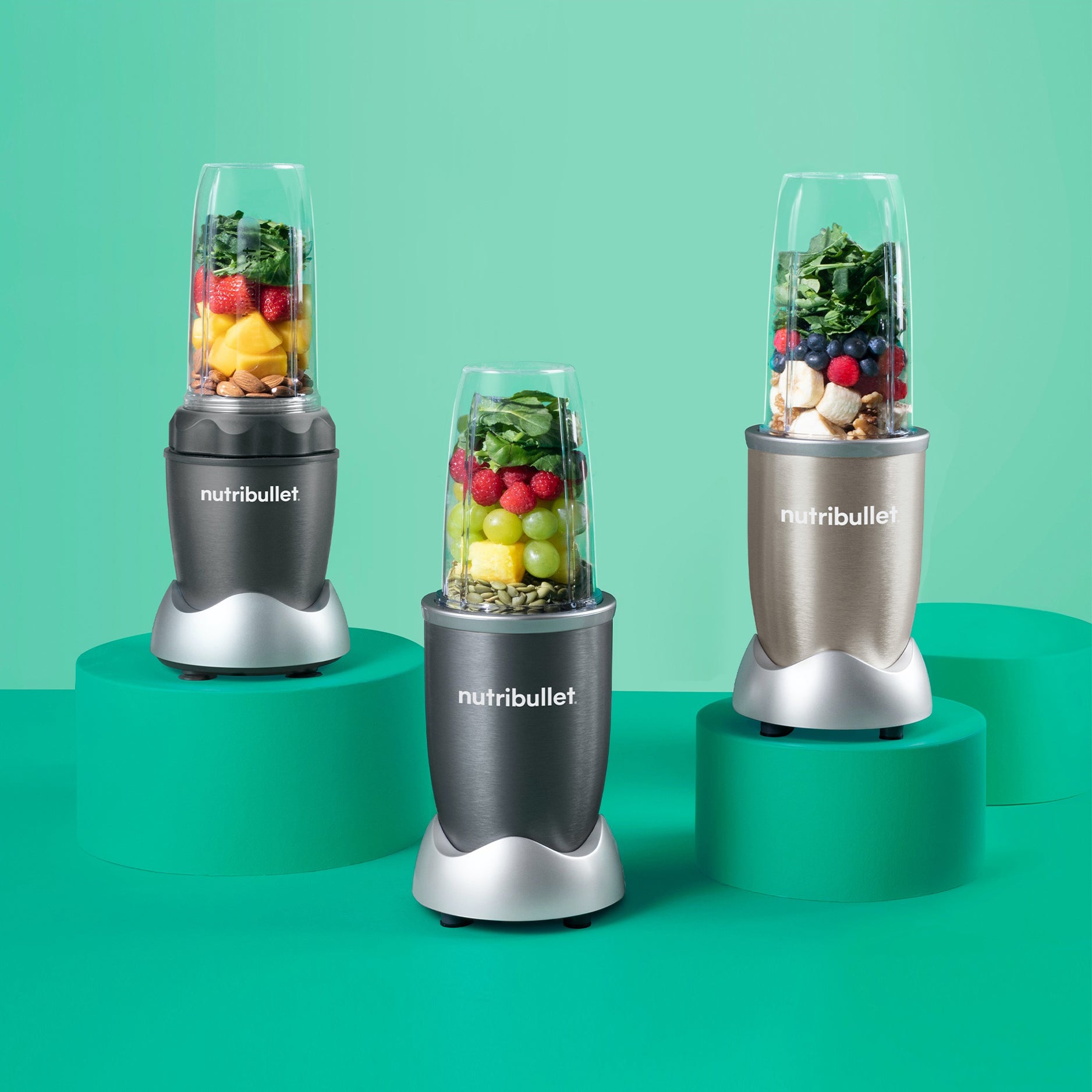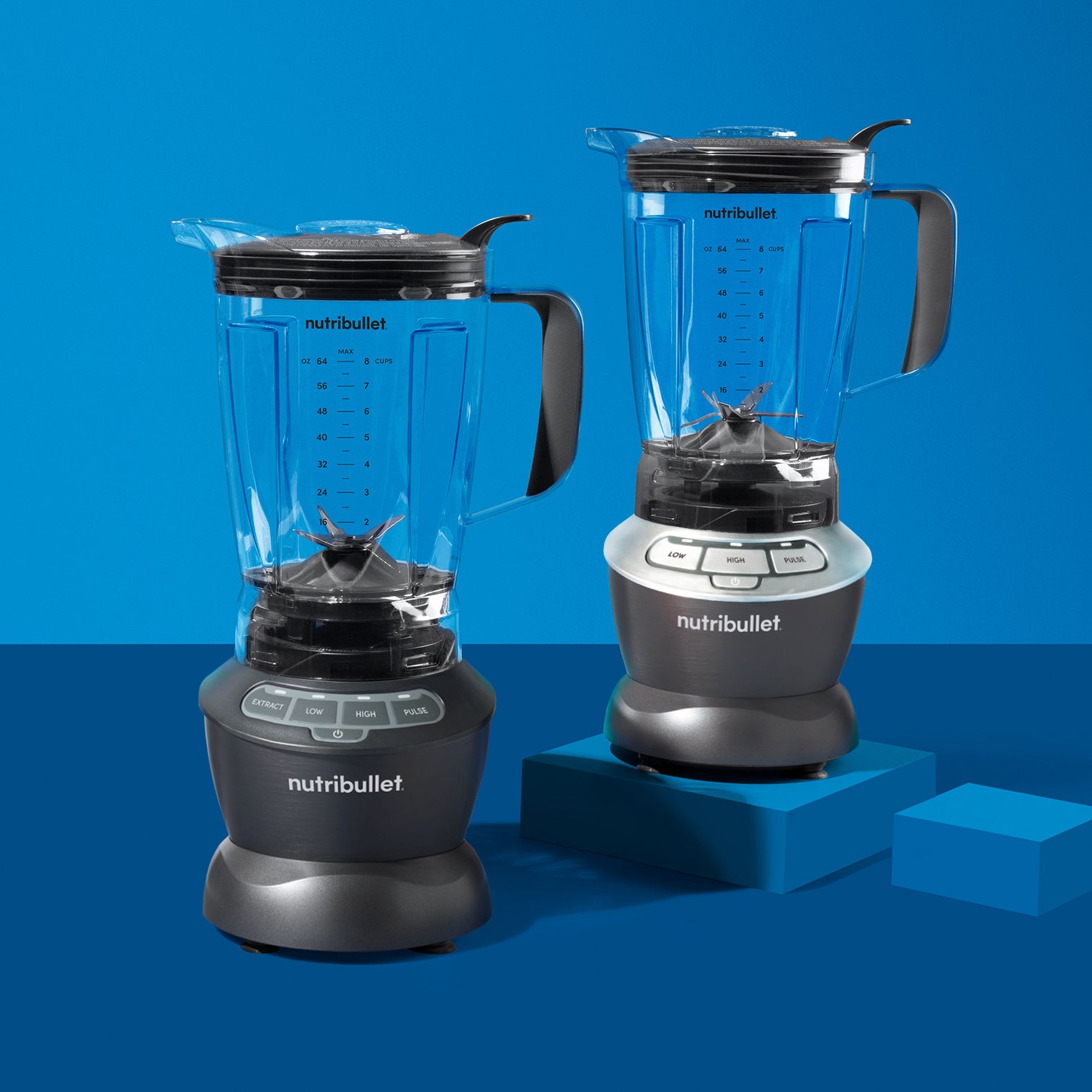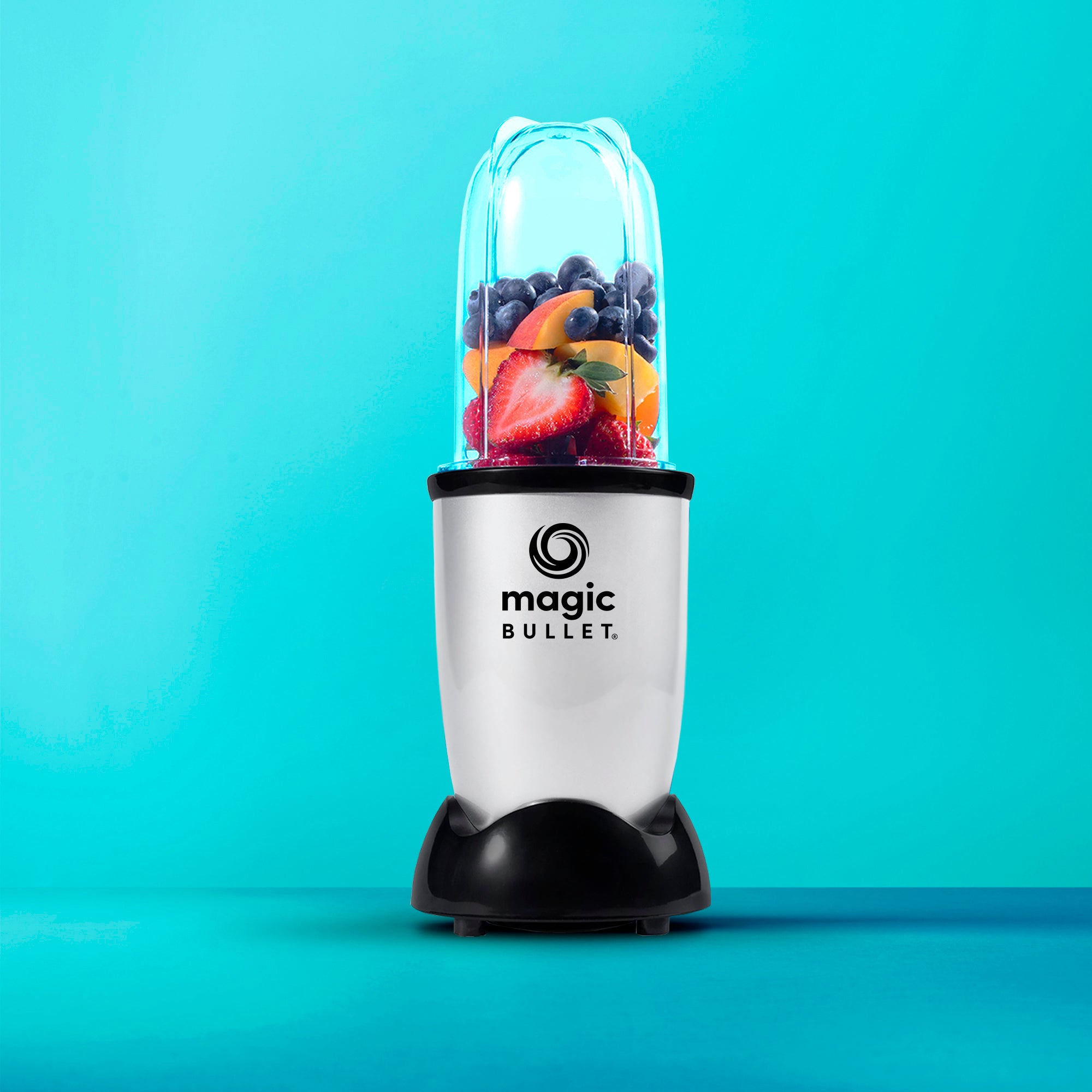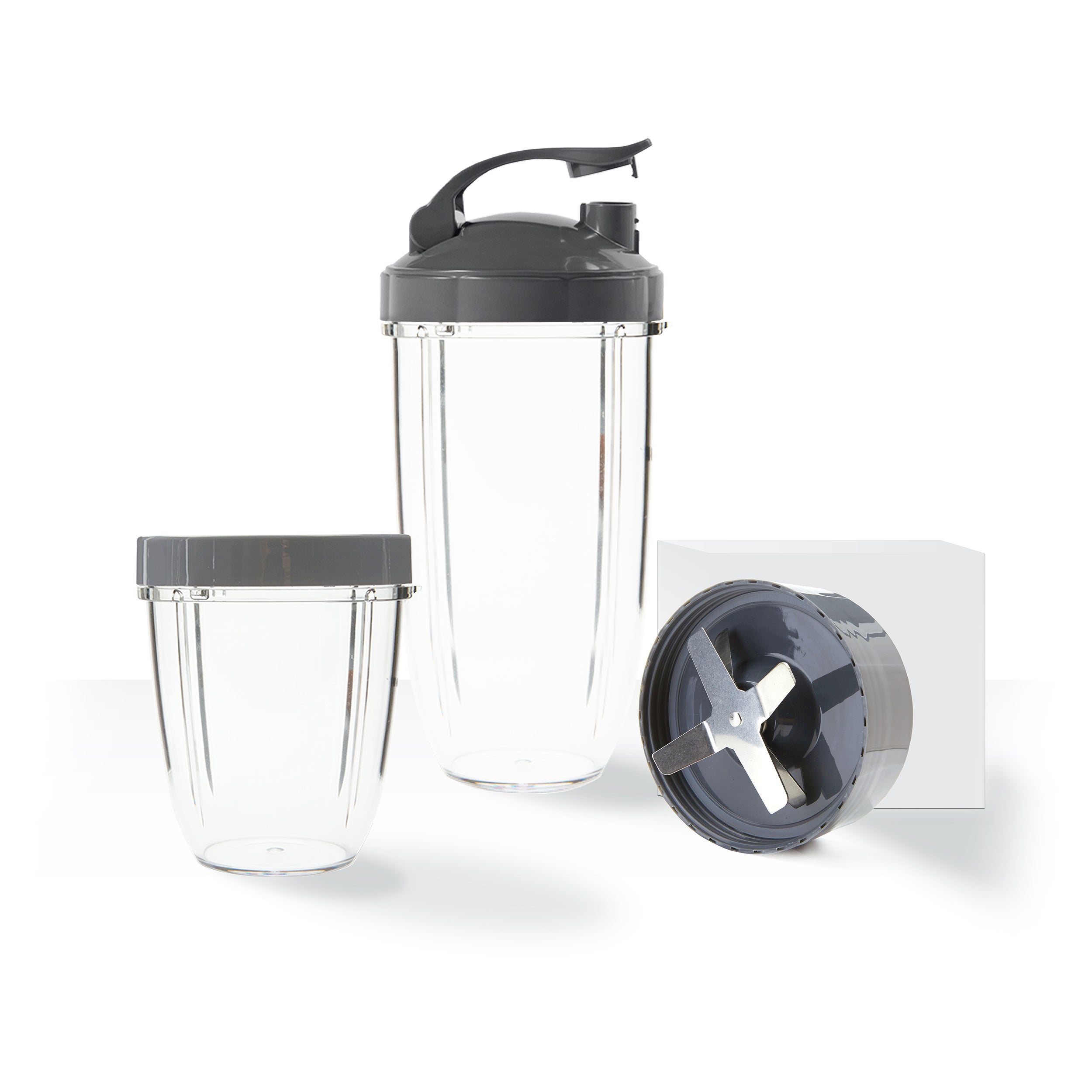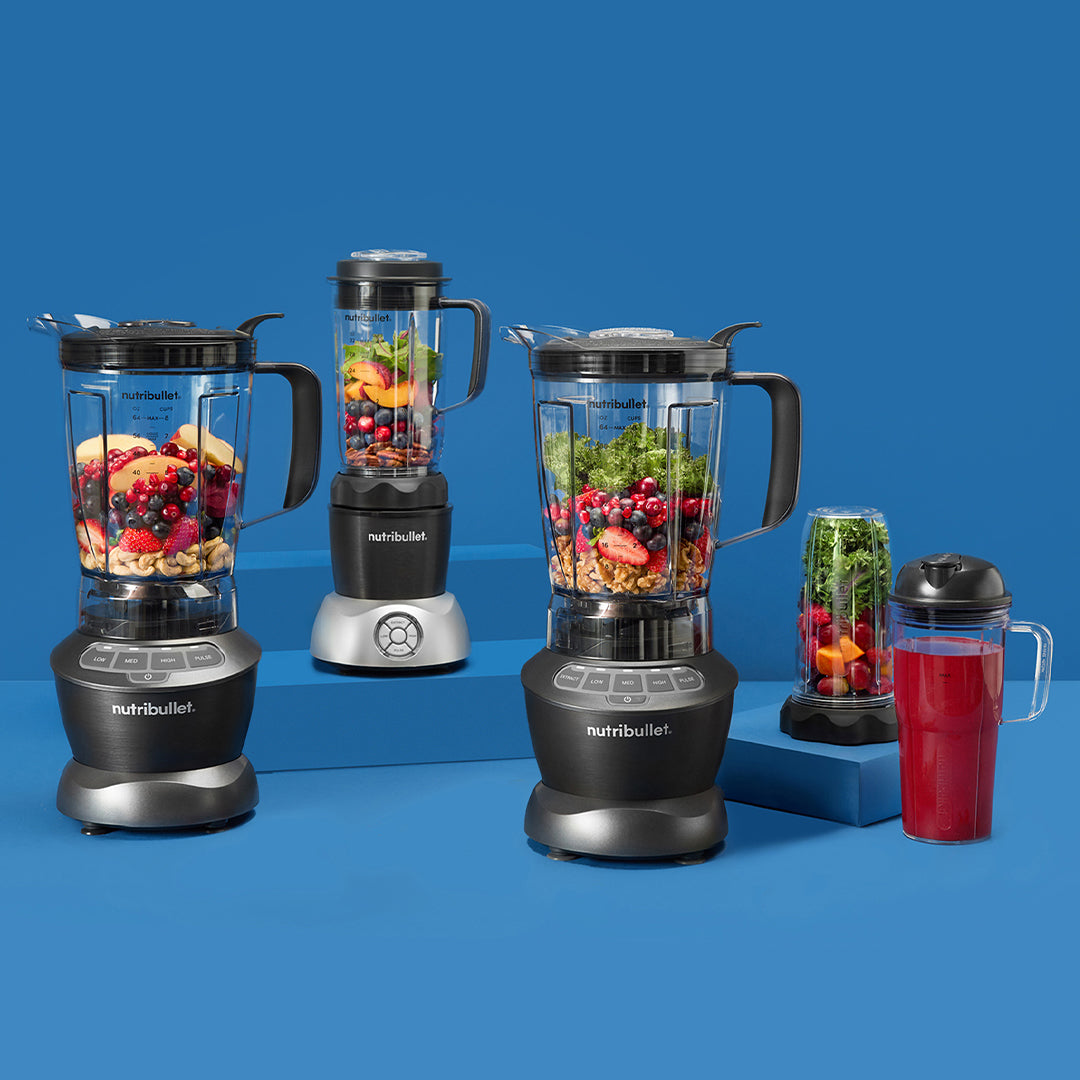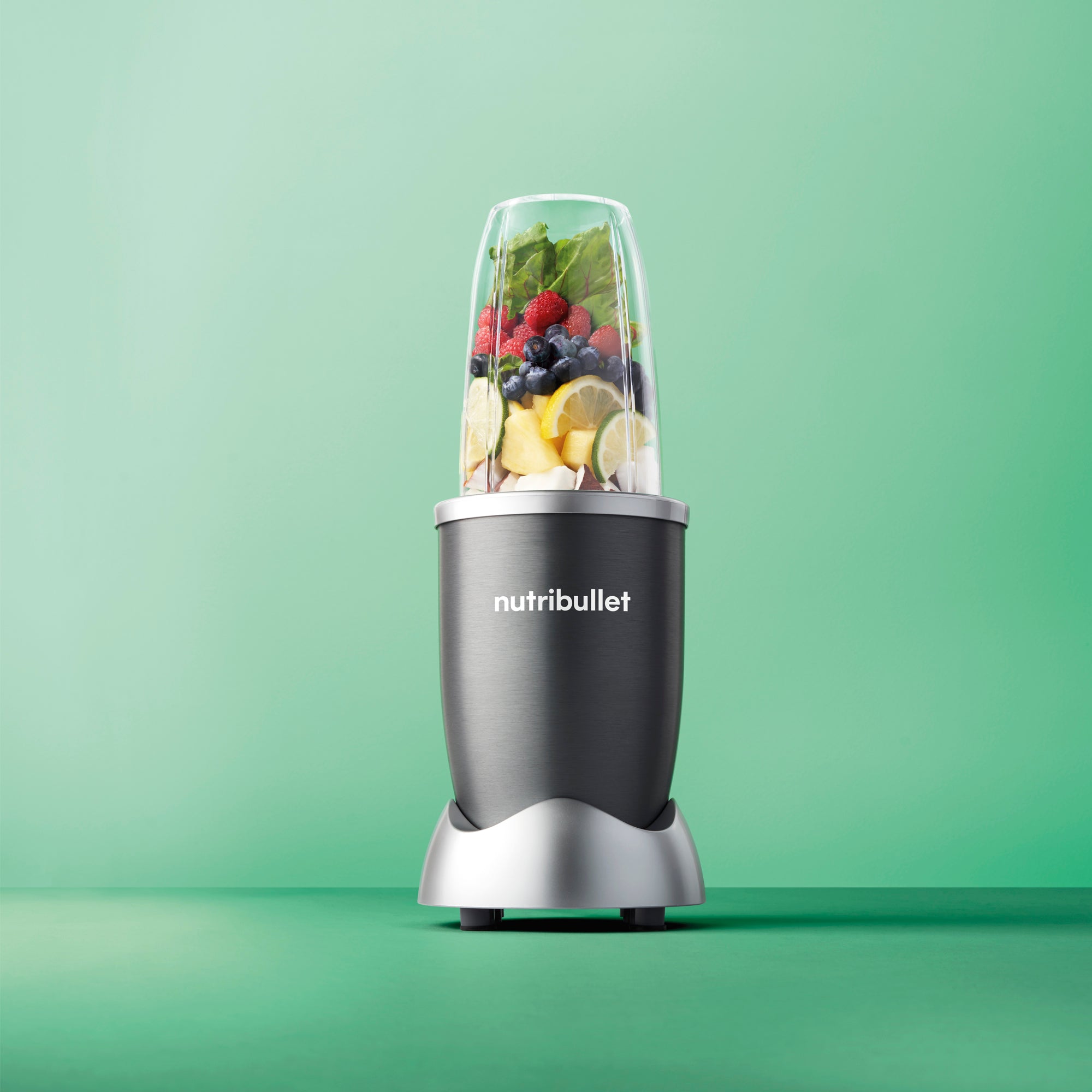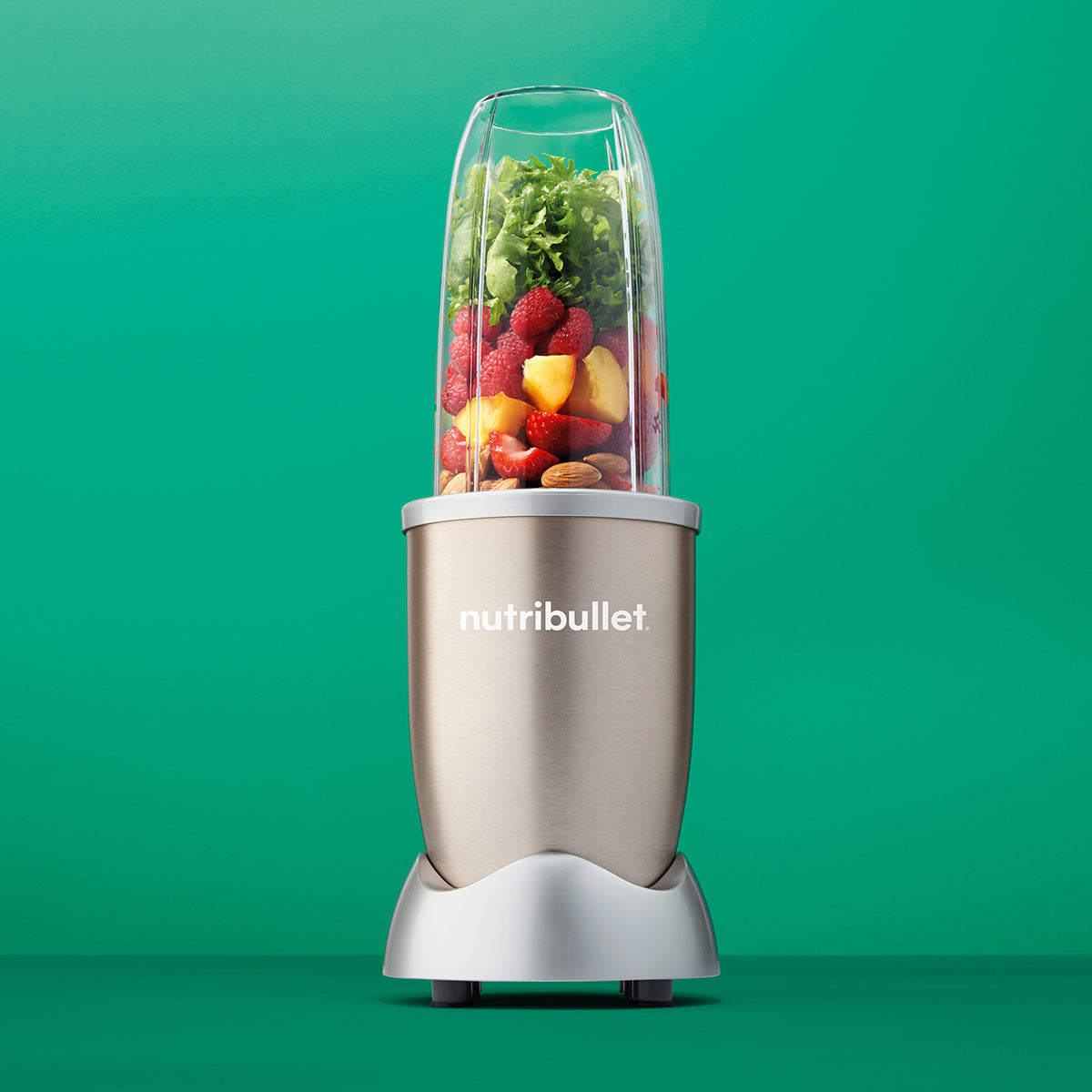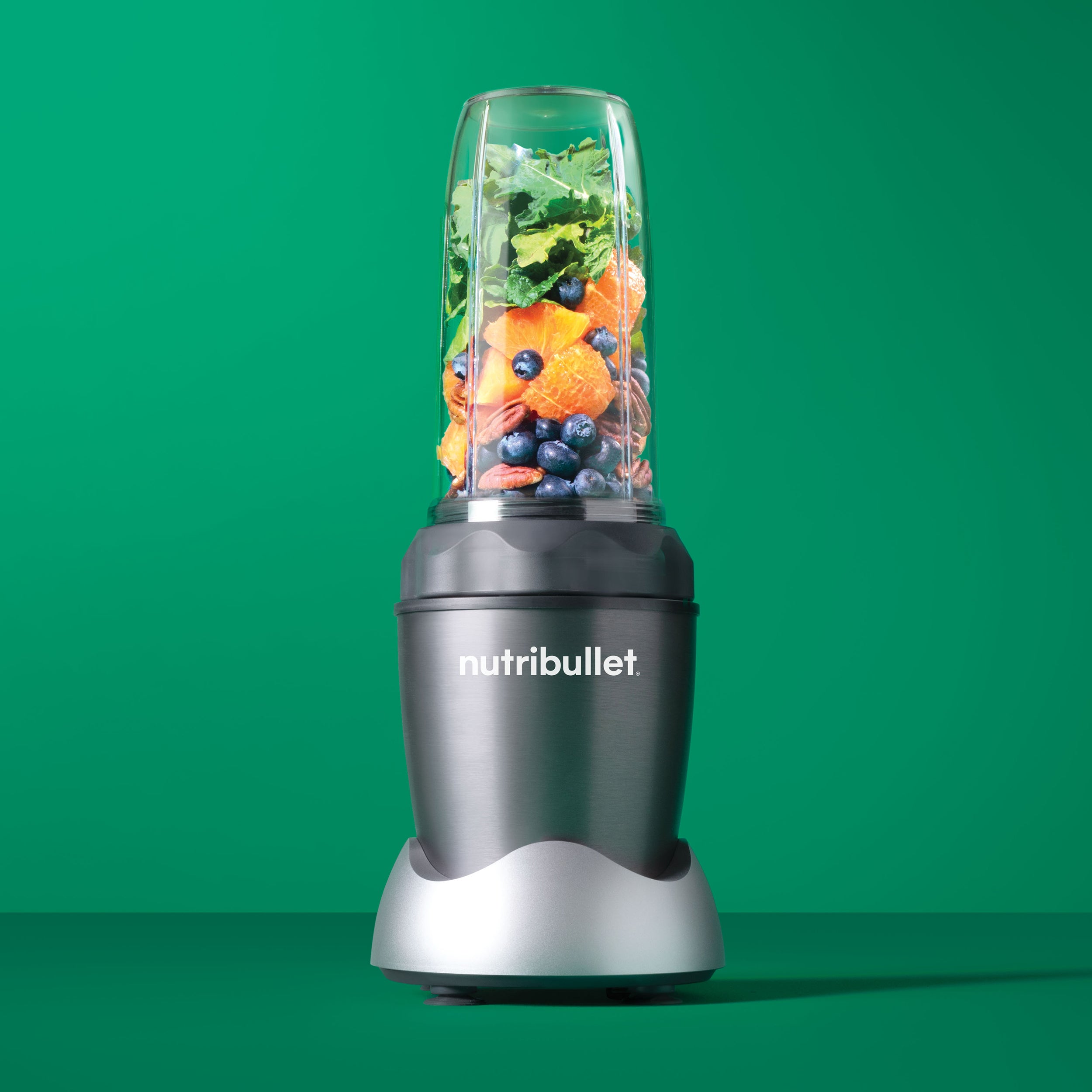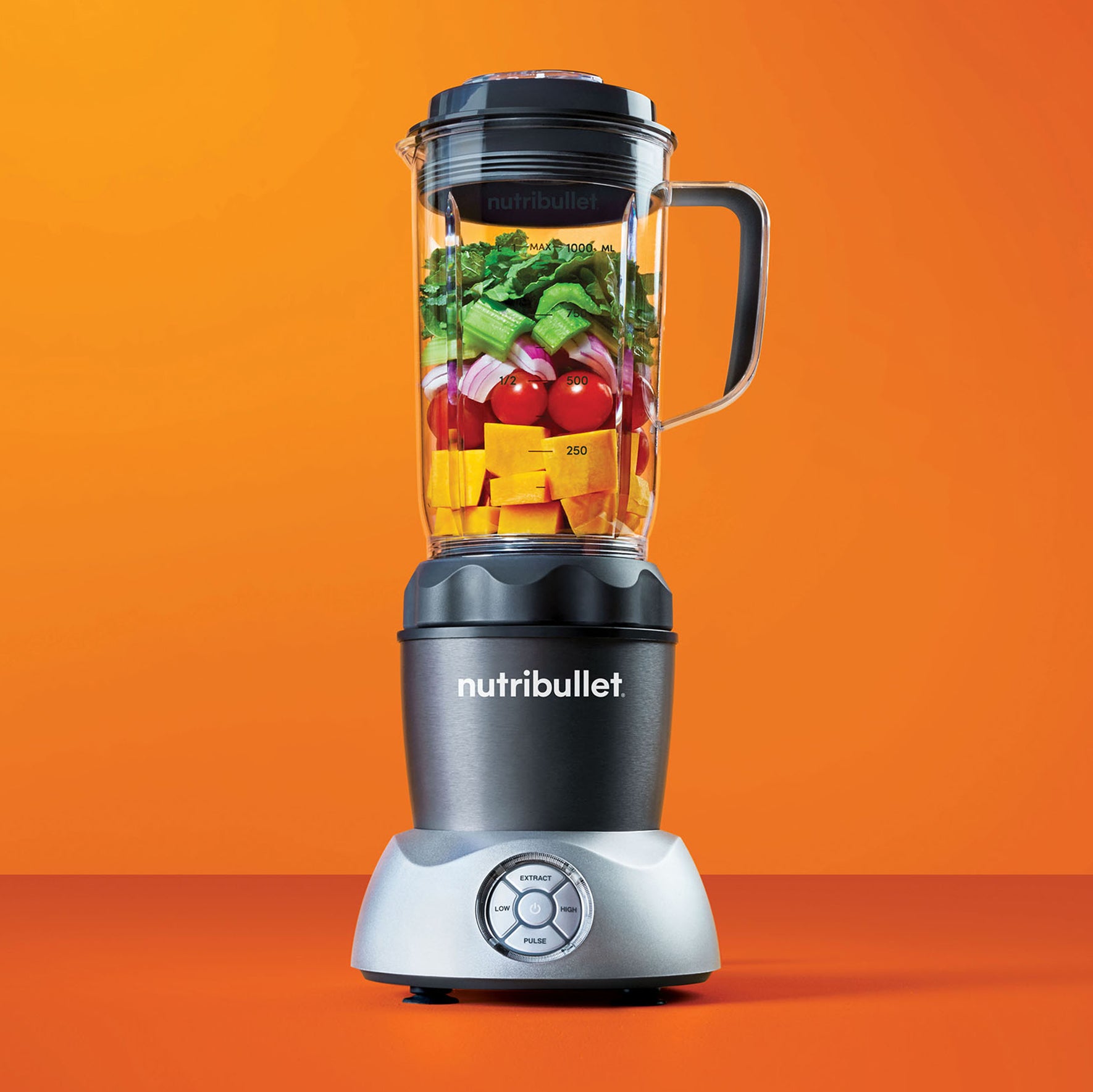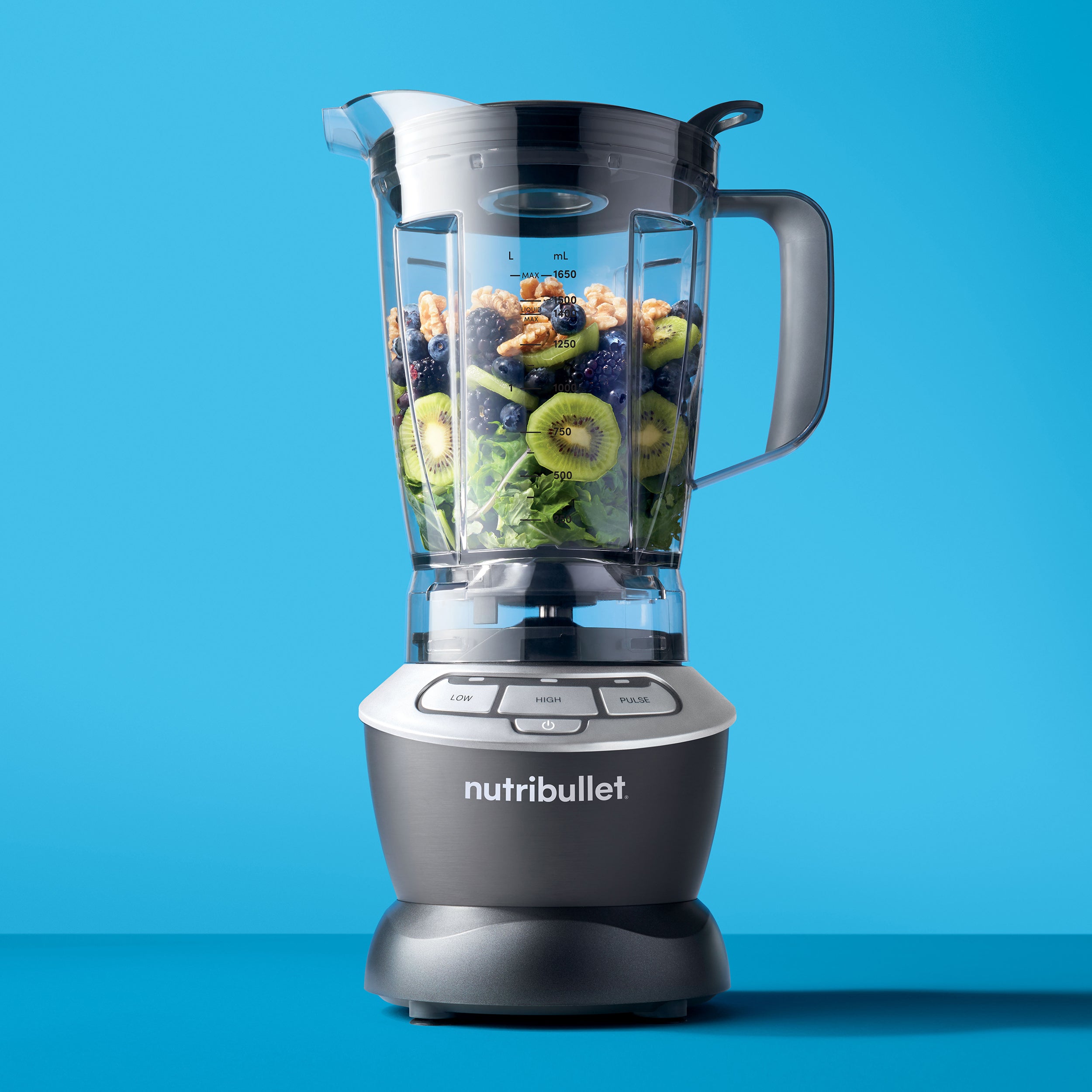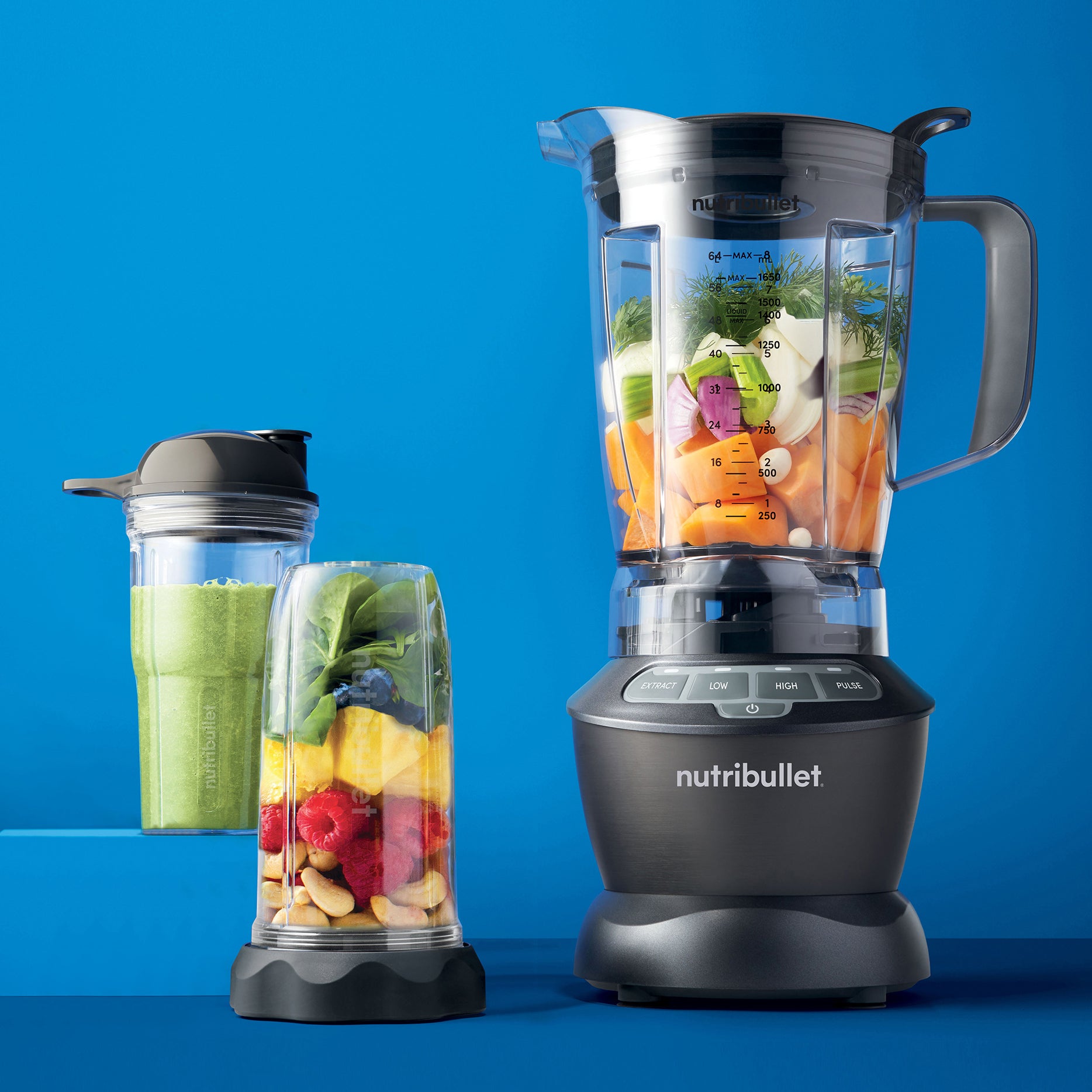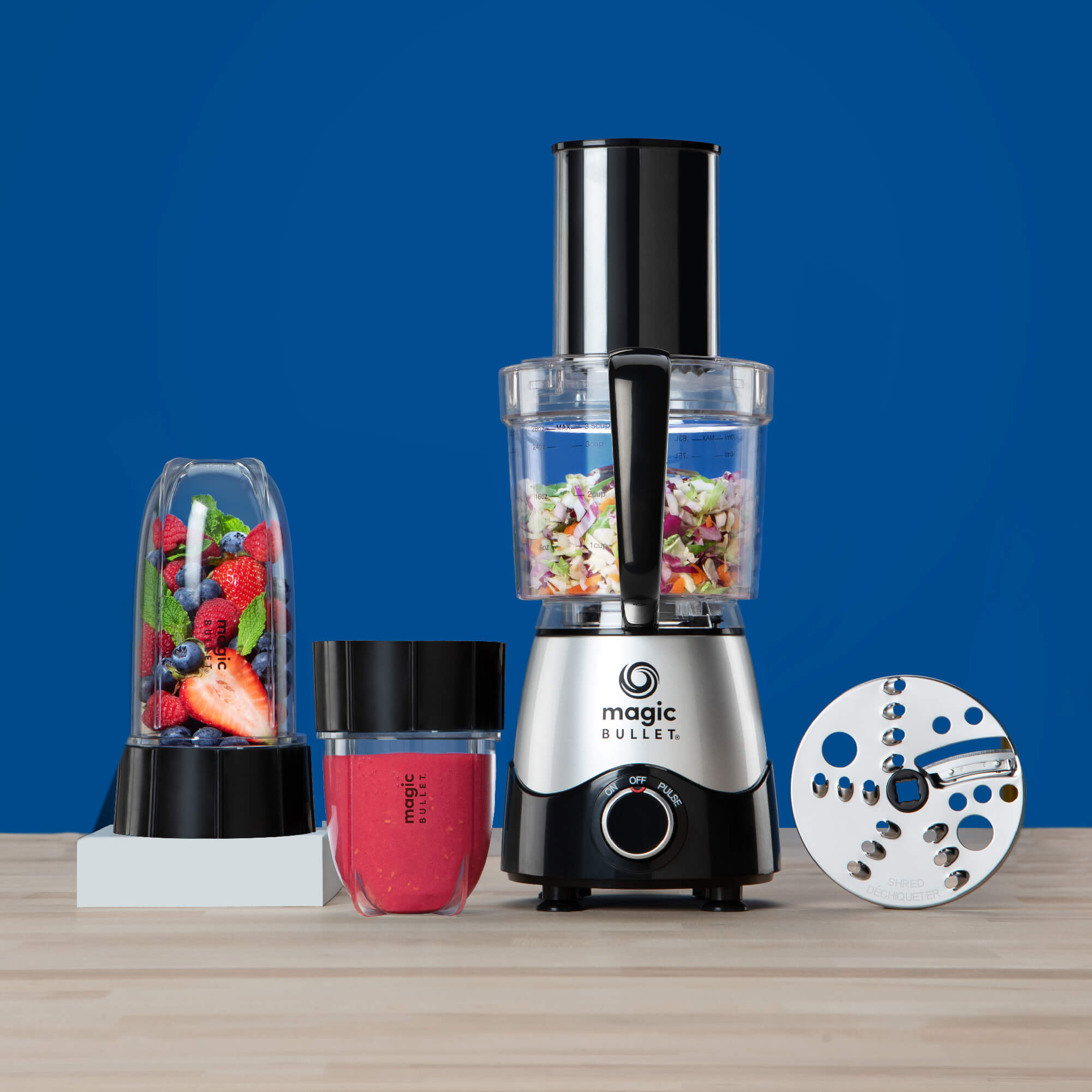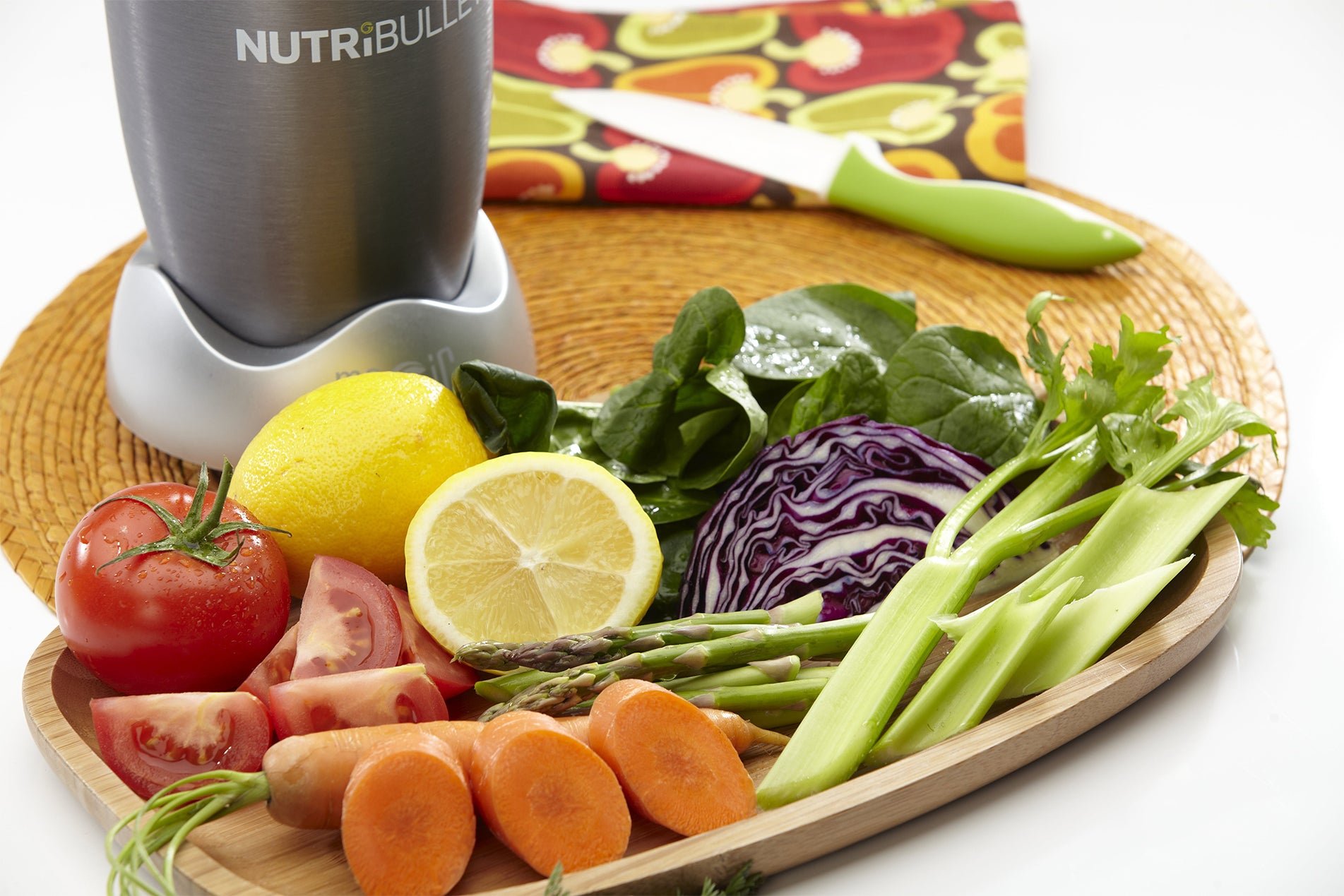Almost everyone, everywhere experiences stress. Stress cuts through cultures, genders, and economic positions – neither the rich nor the poor are immune, and the young are just as susceptible as the old. It’s the singular theme that emerges from every meeting in the diverse countries where I lecture. Stress has become the number one obstacle to life satisfaction. But here’s the surprising thing: stress, itself, is not the enemy! In reality, positive stress is the key to growth because it drives and motivates us. For a muscle to grow, it must experience stress, which stimulates and steers performance to help us achieve our targets. The real enemy is the lack of recovery.
Stress is simply the release of adrenaline in the body in response to a trigger. Of course, major negative life stressors, such as loss and trauma, cause “bad stress” while positive stress can help us grow. Positive stress boosts determination and ambition, enabling us to reach goals, achieve targets and get ahead with life. However, we shouldn’t allow the daily grind of work and life commitments to push us into overwhelming overload and exhaustion.
The constant expectations, demands and deadlines may lead to depletion and burnout. This is because we’re not designed for continuous, sustained performance. We’re most productive when we move between expending energy and intermittently renewing our energy. Very short intervals of effective energy renewal are vital during the workday, along with longer periods of rest outside of work. Managing your stress can help prevent burnouts so here are six ways to make stress work for you:
-
Engage intensely, and then take a break every 90 minutes.
For every 90 minutes of intense focus, give yourself a well-deserved break. It’s not how long you take off that matters most, but how skillfully you use these very short periods of renewal. Get up from your desk and stretch your muscles by taking a short walk. Deep and controlled breathing helps you relax and recharge by dramatically lowering your heart rate, your blood pressure and your muscle tension in as little as 30 seconds. -
Turbo charge adrenaline, and then switch it off.
There’s no better way to make stress work for you than by temporarily pumping up adrenaline levels. The workout and then the post-exercise switch-off will shift your body from being stressed to a state of relaxation and recovery mode. In recent years, High Intensity Interval Training (HIIT) has been shown to significantly enhance work performance, energy sustainability and mental stamina. -
Manage energy rather than time.
Time is finite, but energy – the capacity to do work – can be expanded and regularly renewed. By devoting high quality, focused energy, you can make the most of your time. However, eating highly processed, refined and sugary foods and sitting for long periods of time cause stasis of your blood flow and poor oxygenation of your body and brain. So to stay energized and focused, eat healthy whole foods and keep your body moving. -
Respect your biological clock.
Although managers expect their employees to perform at their best at all hours of the workday, it’s an unrealistic expectation. As humans, we have a well-defined internal clock, called the circadian rhythm, which shapes our energy levels throughout the day. This precise and regular system facilitates the release of different hormones and enzymes at specific points through the day. A way to make stress work for you is to use the high energy morning – when cortisol is at its lowest – for your most difficult, intense and highly focused work. -
Build recovery into your life.
There’s an antidote for fatigue and its impact on performance and competence – rest! Practicing mindfulness and meditating are effective ways to defuse overwhelming stress, strengthen neural connections, oxygenate the brain and enhance powerful brain neurotransmitters. -
Have a Smoothie!
Your body and brain need a constant supply of high-quality fuel to keep your energy levels and mental stamina going. There’s no better way to recover your energy whilst literally feeding the neurons of your brain and the cells of your body than with a superfood-packed smoothie. There are plenty of amazing recipes to satisfy your mid-morning or mid-afternoon cravings and power you through your workday!
We may have resigned ourselves to the fact that stress, fatigue, and exhaustion are simply parts of life in the 21st century. The good news is that we can enhance and sustain performance by changing our mindset and making stress work for us, as well as maintaining a nutritious diet and implementing of some of these simple strategies.
Nutritional information
Recipe: Creamy Green Strawberry Dream Serving in this recipe:1
- Calories: 236.6
- Total Fat: 3.6 g 5.5%
- Saturated Fat: 0.4 g 1.9%
- Cholesterol: 0 mg 0%
- Sodium: 358.7 mg 14.9%
- Total Carbs: 45.7 g 15.2%
- Dietary Fiber: 9.9 g 39.4%
- Sugar: 22.1 g
- Protein: 8.1 g 16.2%
- Vitamin A: 481.9% Vitamin C: 244.1%
- Calcium: 68.5% Iron: 26.1%
* Percent Daily Values are based on a 2,000 calorie diet. Your daily values may be higher or lower depending on your calorie needs.

